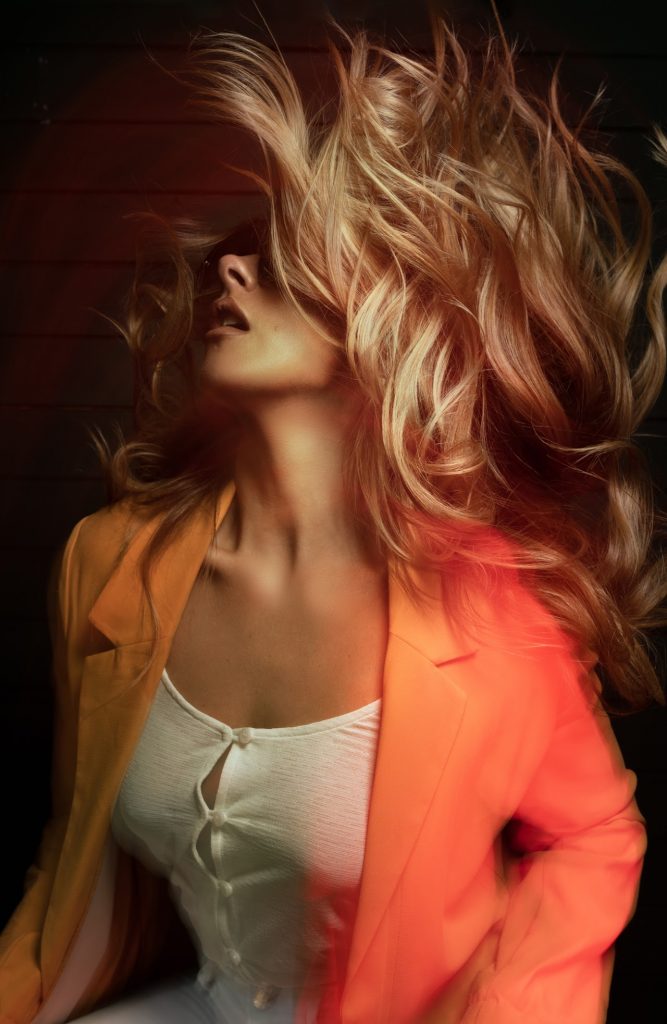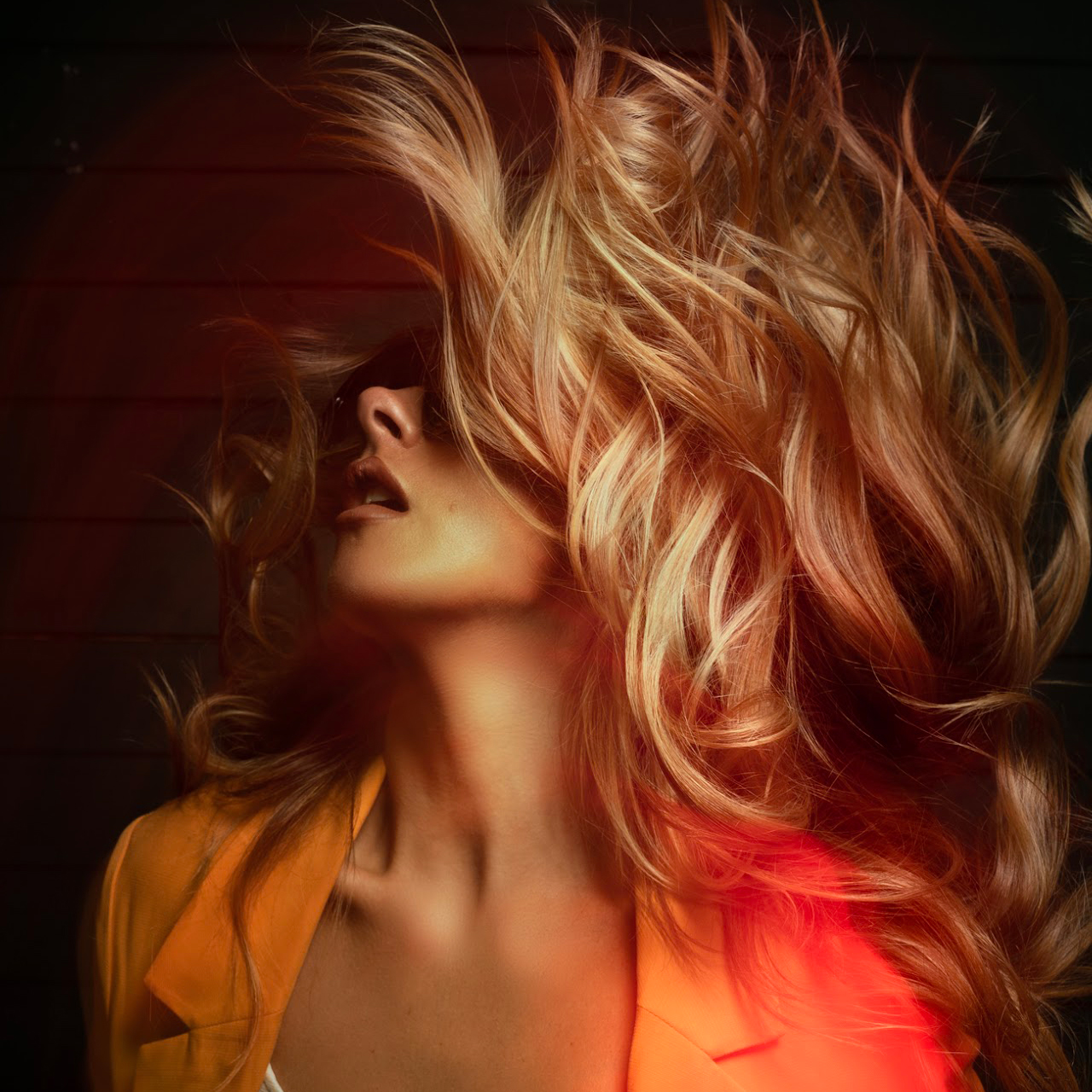The Godox AD600BM was the flash head that shocked the old guard and remains the perfect gateway flash for photography beginners and pros alike.

Pros
Powerful flash (87m Guide Number at ISO 100)
Inbuilt receiver and varied trigger ecosystem
Plentiful features
Cons
No TTL (you really don’t need it though)
Easy to replace bulb system… awkward to use with gels
Do I need an off-camera flash system?
No, you don’t need a flash for photography. In fact, some of the best photographers rely on nothing more than ambient light sources, such as the sun, windows or room lights. However, flash photography can give you a lot more flexibility.
Whether it’s shooting in the dark, creating extra saparation between foreground and background or overpowering the sun to balance out the dynamic range of your shot, there’s plenty of reasons you would use a flash to nail it in-camera.
Once you’ve mastered the basics, you can start experimenting with more advance techniques, such as gelled lighting or shutter dragging (shooting at slower shutter speeds to introduce blur, while using a flash pop to freeze parts of your shot). These techniques are a great way to diversify your photos and create some incredible impact that’s really tough to find outside of controlling your own lighting.
FEATURES
Having first got my hands on the Godox AD600BM back in 2017, after ditching my Bowens 400 set and falling out of love with the obnoxiously trendy ring flash, I was instantly hooked! Off the bat you’re met with 600 watts of grunt at full power, stoppable down to 1/258 power across 9 steps, an inbuilt flash receiver (I recommend one of the XT-2 range for general use of the X-Pro range if you like your tech more substantial, more info below) and HSS (high speed sync) compatibility up to 1/8000 – all extremely brag worthy. It had, at the time, next-level looking controls, and an LCD readout and, mind blowing for 500 quid, a bloody 500-shot (at full charge) battery… yep, this bad boy loves being on location.
There are two variants available, the M and the BM The M uses the Godox mount while the BM uses the still widely adopted Bowens Mount, which I’m talking about here. Despite Bowens exiting the scene a long time ago, the mount is thriving.
All the usual standards are here: a 10w modelling lamp, slave function (kinky) and stroboscopic flash. It has a strong recycle time between 0.01sec (1/256 power) and 2.5sec (full power) and decent enough 1/220sec flash duration at max power and 1/10000sec at the lowest end and 87m guide number (at ISO 100 using the standard reflector).

Beauty photography is a genre that’s synonomous with flash

GODOX AD600BM
A STUNNING ALL-ROUND FLASH SYSTEM
An innovative feature set that’s more than enough for beginners and advanced users, and the kind of excellent results to justify them!
BUILD & HANDLING
When it comes to buying Chinese brands, the most obvious concern is build quality. Thankfully, the 600BM is extremely well built for the price point and, in my experience, is more than able to stand up to the usual rigours of shooting outdoors – in the dry, at least. It’s obviously not in the same league as Profoto’s sturdier offerings. Then again, comparing price points, you could almost treat this as disposable and still save money.
It’s reassuringly heavy, the modifier and battery mounts are both metal and the light stand fitting has a brass inner and tough plastic construction with a beefy plastic screw arm to secure. Angling the light up or down using the built-in joint doesn’t;t feel like the most secure process in the world, but does the job. Visually, though, it doesn’t look like the best design. It does has an umbrella mounting hole… which is nice if you’re into that.
The controls are laid out on the side of the flash head and offer everything you’d expect. A deep menu system, mode selection, modelling lamp and manual trigger button can all be activated here. The LCD screen is huge for a basic flash, very easy to read and backlit, which is essential for shooting in darker environments.
The flashtube is also well designed – mostly – being a single unit that you can simply pull out and push back in if you need to replace. The same is true for the battery; an utter unit with an inbuilt battery level indicator and direct-to-battery charging port.
Overall, it’s very well put together for the price and the tactile control and large LCD are both very welcome, though the right trigger will largely negate any need to interact with the unit itself (see below).

Using a flash allows you to control the lighting environment and create extra impact
Performance
The Godox Wistro AD600BM, to give it its full title, is a bloody legend that’s already earned a formidable reputation as an ultra-capable photography essential. Most people who are reading this have likely heard of the brilliance first-hand and already know the direction I’m heading with my review score.
This quickly became the flash that bridged the gap between ‘entry level’ and prosumer, with an incredible suite of features and the results to justify them. The same remains true today with so much greatness to shout about.
A receiver is built directly into the unit (remember when you needed to hang one off the back of your older flash? Ugh!). All you need is one of Godox’s wireless triggers – a marvel in their own right, frankly – and you’re good to go. The more advanced of these allows you to alter your settings from your hotshoe, saving shoe leather and calf fatigue in equal measure, and I’ve never found any issues in this regard.
The better triggers also allow you to activate more of the most common functions without having to traipse the max 80m fireable range through field and dale to touch up your unit itself – godsend! It also supports five groups so you can make your lighting setups as advanced as you need and still maintain control – bonza!
While the full power flash duration and recycle time (1/220 and 2.5sec respectively) aren’t going to stand up against your pro-level strobes, they’re more than enough for most uses. Short of overpowering the sun or using your head at a great distance, you likely won’t find yourself sat at 1/1 power all that often. Even if you do, both are more than comparable to anything else you’ll get for the price point.
The quality and colour accuracy of the light itself is very respectable and I’ve not encountered any issues in my use. The colour temp comes out at 5600k, with a variance of 200, and works natively with your Bowens modifier of choice, from octabox to lantern and back again.
Pack in the fact that you have 500 flashes at full power (I’ve personally never managed to drop below 50% battery life after a full shoot) and there’s not a whole lot to whinge about here. Actually, let’s be honest, it’s just bloody brilliant… with a couple of niggles to note.
The Godox AD600BM flash head comes in a cylindrical housing, not your famous typical horseshoe-type design. This is great when it comes to pulling out and refitting a new one, very simple. However, there is one flaw here… it’s a nightmare to add gels!
Since the flash bulb protrudes and is an awkward shape, you’ll struggle to add a gel sheet over it. There are YouTube tutorials to create your own gel cone, but that’s too much faff for me. It’s doable, and not the biggest pain point, but it’s one area that doesn’t seem well thought out.
The other niggle, though it’s actually a doing you a favour if you think about it, is the lack of TTL (Through The Lens metering). That means that it doesn’t have an auto mode and you’ll have to eyeball the settings and refine them using your camera preview or histogram.
I’ve never understood the allure of TTL in a flash head. Personally, I think it’s just going to hold you back from what isn’t a particularly steep learning curve. That said, if you do want TTL, and are willing to pay the extra for it, you can buy the AD600Pro for £829… sucker!!

Mixing motion, coloured light and flash can lead to some interesting results
Verdict
STOP READING, BUY ONE NOW!!!
RECOMMENDED GODOX FLASH TRIGGERS
If you’re going to buy one of these beautiful beasts, and you absolutely should. As we’ve mentioned, the Godox AD600BM already includes a builtt-in receiver, but you’ll need to grab a Godox trigger to fire it. There are a few around, all great but with varying degrees of bells and whistles, so I’ll explain the pros and cons below. Also, you’ll need to make sure you get the version that supports your camera model, I.E Sony, Nikon, Canon or Fujifilm etc.

GODOX X-PROII
All singing all dancing flagship. Comes with a big LCD screen, allows for control on the unit, supports HSS and TTL, has an app and has a collab with Sekonic… but who uses light meters in 2024?!

GODOX X-PRO
Still all singing all dancing older flagship. Uses a large dot-matrix screen, allows for control on the unit, supports HSS and TTL . Doesn’t support light meter shenanigans or have an app.

GODOX X3
Small unit, touchscreen, overengineered? Looks nice, don’t understand it — call me Captain Tactile. Rechargeable though, which is nice, and great if you’re addicted to the smartwatch experience. Seek help.

GODOX X2T
Does a bit of singing and dancing. Supports HSS and TTL, has a smaller rear screen and app support, perfectly placed control dial for changing settings and simple controls. Does the job, bosh, get this one unless you’re a nutty power user.

GODOX AD600BM
A STUNNING ALL-ROUNDER FLASH SYSTEM
An innovative feature set that’s more than enough for beginners and advanced users, and the kind of excellent results to justify them!



Stay connected